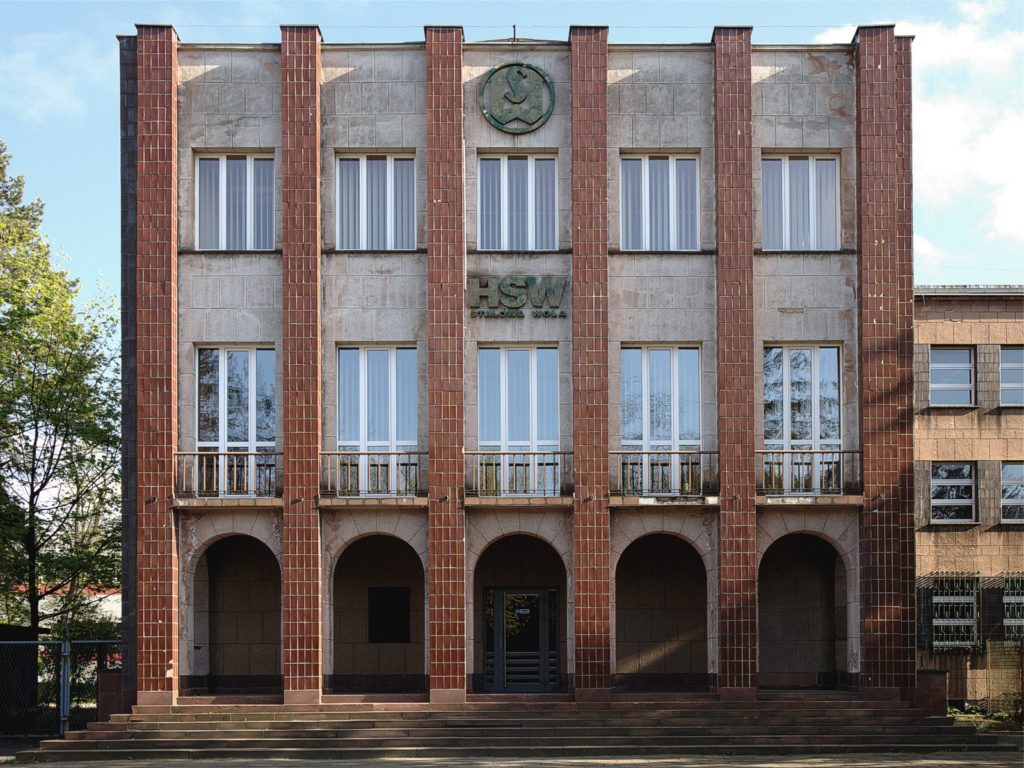STALOWA WOLA
It could seem that Stalowa Wola is the most uninteresting city in the world. Its history is short and industrial. It is home to gray buildings – in a nutshell, nothing which could attract tourists.
It was this very image of the city which was to be erased by promoting this place as a forgotten pearl of Art Déco architecture. An architectural route, publications and related exhibitions featuring 20s and 30s style interiors came to life. Geometrical furniture, porcelain from Ćmielowo, glass from Niemen glassworks and, what is more, decorative tapestry, trinkets and items one uses on the daily basis – the creators devoted some time to revive the atmosphere of the interwar period. I headed to the city which is ignored by majority of tourists to experience this atmosphere…
The history of Stalowa Wola is short but on the other hand it is very dynamic. Due to the establishment of Central Industrial District in years 1937-1939 the organization named Zakłady Południowe was built together with its facilities. The interwar relics which can be found in Stalowa Wola include mainly residential buildings, which were divided into housing estates designated for individual working teams. Uncomplicated, geometric shapes of blocks of flats and villas were enriched with reams, arcades and pillars. A number of solutions proved quite successful, just like the staircase with high rises (building located at Wolności 8) or in semicircular, windowless shape (block of flats located at Popiełuszki 25). All buildings are unified when it comes to their character due to the ubiquitous clinker cladding. The cladding serves as a decorative element and protects it from dampness of the walls. Selected buildings represent preserved interior design elements such as chandeliers, geometric floors, handles and handrails.
On the route apart from the residential buildings one can also see some hotels, including the famous Hotel Hutnik. Today the hotel looks a bit scary. In my opinion the most interesting object on the is the building of the Directorate. The main part of the building draws the visitor’s attention due to the attractive facade – the lizens covered with clinker cladding can be observed on its entire surface. This contrasts perfectly with the bright plaster. The facade on the side of the factory is decorated with a geometric clock and a strip of avant-corps housing a staircase. The facade from the side of the city is a bit poorer. This part is dominated by the arcades located in the five semicircular arcades. Although much time has passed one can still observe that the representative style of the building takes a quite sophisticated form.
Granting Stalowa Wola the name of Art Déco pearl is certainly an exaggeration. The problem is not the negligence of the buildings and the fact that their glow has dimmed over time (on the contrary, due to mica in concrete some of them actually shine!). As in case of many other examples of Polish interwar architecture, Art Déco style is visible in details. As one can hear from the residents themselves “this route is nothing out of the ordinary” – however we come across modernist architecture in a small-town version and some interesting accents in the style of Art Déco.
Nevertheless, I am leaving somewhat confused. One can surely feel the atmosphere of the past epoch in Stalowa Wola, but rather of the one of Polish People’s Republic than the interwar period.

Photo:
Kamila Utrata
WWW.IT.STALOWAWOLA.PL
Text: Kamila Utrata




